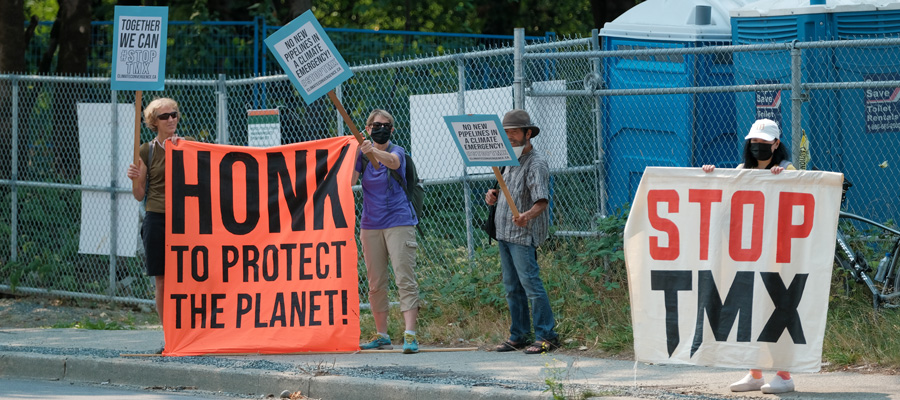What are the Net Benefits of Northern Gateway?
One of the more disheartening features of the political and media commentary on the economic benefits offered by major resource projects is the general failure to properly assess what those benefits in fact are. We are inundated with reports on economic impacts — the amount of investment and jobs a project might generate — without regard to the opportunity costs of the labour and other resources the project would need, its impact on competing or otherwise adversely affected industries, and consequently on the net benefits it may offer.
The fact is, the net economic benefits of most resource projects, and this includes Northern Gateway (and LNG for that matter), are not all about the investment and the jobs they would generate. New pipeline construction and more oils sands development will not mean less unemployment in B.C. or Alberta. Both provinces are forecasting shortages of construction workers and skilled trades. For the most part they will simply attract workers from other industries, provinces and parts of the world.
The net economic benefits of these projects are about the wealth they generate. In the case of Northern Gateway it is all about increasing the value of the oil sands resource, not the very extensive and costly economic activity it requires.
Nowhere is this made clearer than in evidence Enbridge itself brought forward in the National Energy Board hearing reviewing the project — its July 2012 Public Interest Benefit Evaluation prepared by Wright Mansell Research. In that report Wright Mansell provided its latest estimates of the economic impacts of the project and a proper benefit-cost assessment.
The economic impact analysis is the one politicians and media latch onto — the ones with the big, though fundamentally misleading numbers. The impact on labour income is estimated at $69.9 billion; government revenues $98 billion; GDP $311.5 billion.
But those are gross impacts, essentially assuming that all of the workers would otherwise be unemployed; that no industries (including rail transport) would lose any business; that there would be no impacts on exchange and interest rates affecting other trade and investment.
It is the benefit-cost assessment, as Wright Mansell correctly points out, that indicates what and where the net gains would be.
The net gains would not be from the jobs generated by the project. Wright Mansell estimated the net benefit of Northern Gateway from reducing unemployment at $41 million. They may have been conservative in their assumptions, but even if one were to double their estimate it would still be a small fraction of the $69.9 billion impact on labour income reported in the economic impact results. And it would still be a relatively minor factor in the overall net benefits of the project.
What the benefit-cost assessment shows is that the net benefits of Northern Gateway derive almost exclusively from the estimated impact of the project on Canadian oil prices. The biggest winners are the oil producers themselves, who are estimated to gain some $17.8 billion. Alberta and the federal government would gain too, by an estimated $9.4 billion.
For everyone else there are relatively small gains and net costs. There are costs to Canadian oil refiners and consumers estimated at $3.5 billion and costs to other pipeline or rail shippers. And of course there are the environmental costs and risks.
One can (and a number of economists do) quarrel with some of the specific assumptions in Wright Mansell’s benefit-cost assessment. But the essence of what they conclude is likely correct. This is a project whose net economic benefit derives almost exclusively from increasing the value of the oil sands resource, a benefit that will accrue first and foremost to the oil producers, but also to Alberta and the federal government.
And that, of course, raises the public policy and hotly debated political question. Does the project offer not only sufficient net benefit but also an appropriate sharing of benefits to be broadly supported. One suspects that the federal government would have to redirect a large share of its gain to GHG offset, marine safety and other measures for that to be the case.
And are there alternative ways of easing the oil bottleneck out of Alberta — other ways to realize the full potential value of whatever amount of oil Alberta and the rest of Canada produces. Again one would have to think the competing projects including Kinder Morgan and Canada East would have to be carefully considered at the same time before one could conclude Northern Gateway is the best way to proceed.
Topics: Climate change & energy policy, Economy


